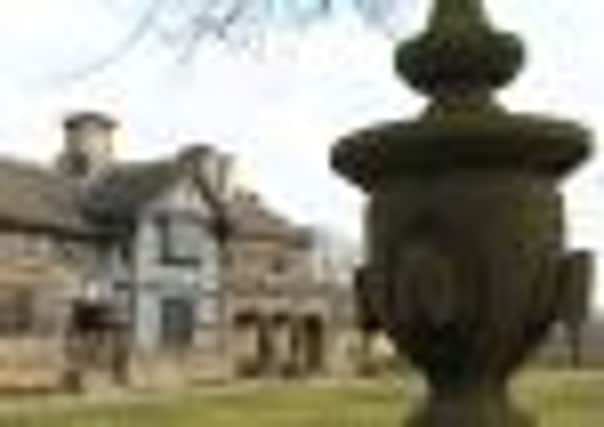Jayne Dowle: Behind the scenes at a new kind of museum


The automatic reaction from the public is to complain. Yet, think about it for a minute. We like the idea of having museums, but how often do most of us actively take the time to go and visit one? And most importantly, to make repeat visits, to bring other visitors, to encourage friends and family to go along too? If you ask me, it is no wonder the bean-counters are inclined to regard so many of them as a luxury.
I am playing devil’s advocate here. I should declare that I am on the steering committee of Experience Barnsley, the new museum which will open in Barnsley Town Hall next year. I am dedicated to heritage, and have worked on a number of local and community history projects. So I think I am in a decent position to have an opinion.
Advertisement
Hide AdAdvertisement
Hide AdBut I am not alone, in having an opinion. If you have ever been involved in anything heritage, you will know that everybody has their own view. Get a bunch of heritage professionals and volunteers together in a room, and half the time, they can’t even agree that “museum” is the best word to describe, well, a museum.
And this is at the crux of the issue. Healthy debate is vital, but there is no longer a clear consensus of what museums should actually be for. Take Shibden Hall, near Halifax, one of the museums reportedly under threat.
Well, I’ve been to Shibden Hall with my son’s class. We found out that the house, one of the finest examples of Tudor architecture in Yorkshire, was the home of Anne Lister, whose family made their fortune in wool. The past was brought alive for us by a team of skilful interpreters, who got the children involved in workshops and activities. Yet, one suggestion to save money is that Shibden Hall might be closed during the week to save money, and only open at weekends.
Where would be the sense in that? But this is what I mean about the purpose of our museums. What is Shibden Hall? Is it just bricks and mortar and lots of polished oak? Or is it a resource that should be open every day, bringing in children from across the county to learn about life in Tudor England? Until you have agreement on that, you can’t go forward.
Advertisement
Hide AdAdvertisement
Hide AdIt’s not just dusty old houses we’re arguing about here. Politicians worry over the importance of history in the school curriculum, yet, at the same time, seem unwilling to prioritise the services which bring it alive for our children.
They can’t complain about pupils knowing nothing about the past if councils are forced to close local museums so that kids can’t even go and learn a bit about life in their own community. The internet is a wonderful invention, but there is only so much homework you can do online. When my son’s class returned from Eden Camp, the Second World War museum near Malton, we couldn’t stop them singing White Cliffs of Dover and playing “army” in the garden.
We are lucky in Yorkshire, in that we have so many museums. Yet so many of these organisations operate at the mercy of funding decisions which are increasingly beyond their control. In the age of austerity, as we are reminded every day, there is only so much money to go round. So what happens when the powers-that-be decide that somewhere like the National Coal Mining Museum in Wakefield has had enough money already? Smaller museums such as this, and indeed so many around the country, are then forced to rely on the income from visitor numbers to keep them afloat. And there are only so many visitors to go round too.
I don’t have an answer. But I do have an opinion, as I said. And for what it’s worth, I think it is important to start redefining our understanding of what museums can offer.
Advertisement
Hide AdAdvertisement
Hide AdIn Sheffield, for instance, a project called Pictures of Sheffield Old and New is displaying photographs of the city in venues as diverse as pubs and empty shops. It started off a Facebook site, set up by one man, and now has more than 3,000 members and 12,000 photographs to play with. It’s just one idea, but why not do the same with suitable items and artefacts from our museums?
We need to foster a climate in which we think much more laterally; museums shouldn’t just be repositories for great collections, perhaps amassed over decades of time, but motherships which send out their treasures into the community, and bring the community back in to find out more.
If history teaches us nothing else, it is this; if we want to make sense of the past, then we have to embrace the future. And in this case, the future looks a whole lot more challenging than the past.